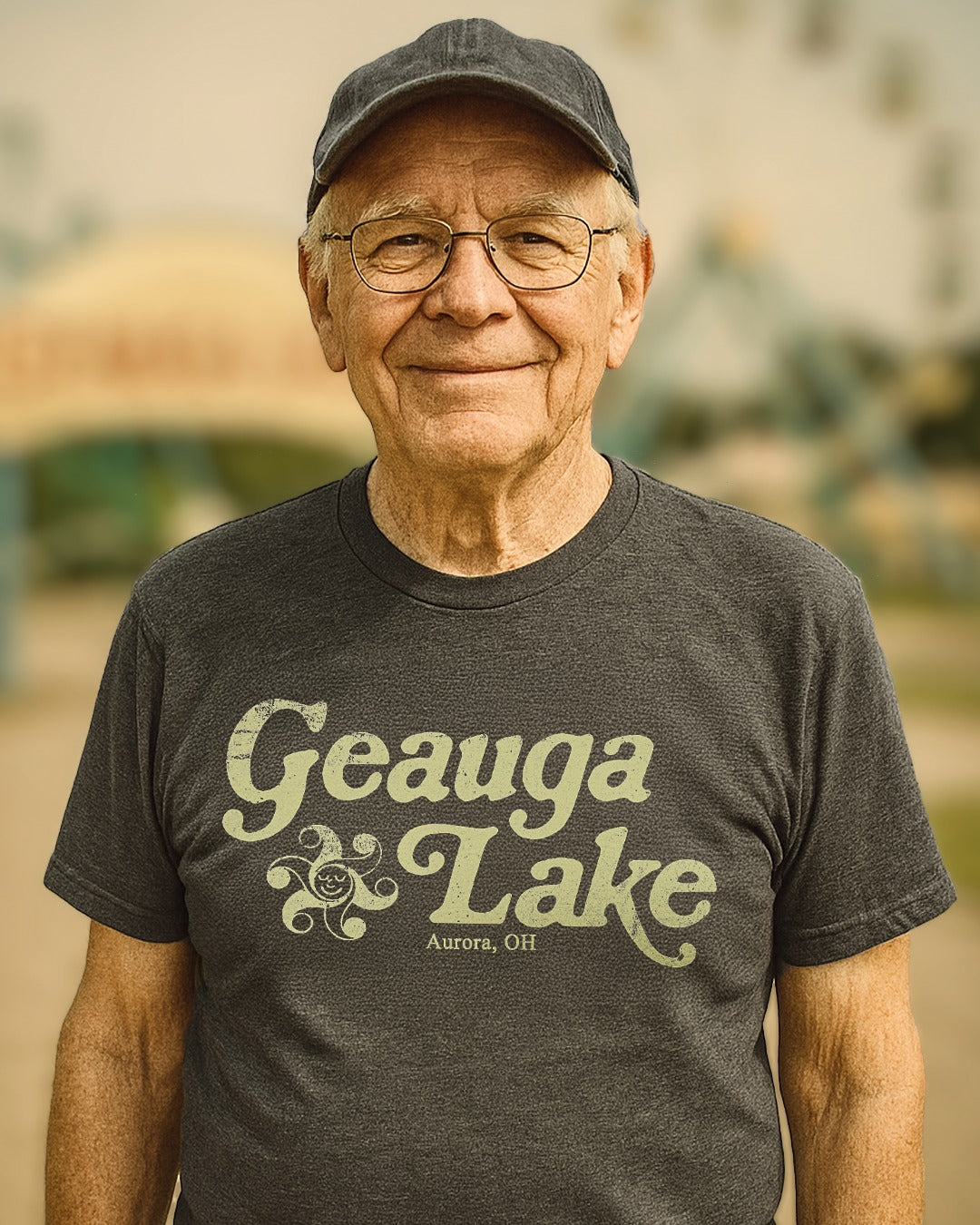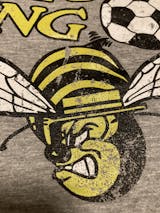One of the most exciting pro football teams of all time played for two seasons in the Astrodome. They were called the Houston Gamblers.
In the spring of 1984, the 12-team United States Football League (USFL) began its second season by welcoming six expansion franchises to the fold including the Gamblers. Playing during the National Football League’s off season, the USFL had built a small but dedicated following in 1983, its first year of play, especially in the cities that had teams in the league.
However, many owners had lost more money than expected in the league’s inaugural season. The master plan, developed by league founder David Dixon, originally called for 4 teams to be added for the second season, but with mounting financial challenges, six were admitted, their entrance fees being divvied up by the 12 charter clubs.
Dixon, as founder, had the option to field a team in 1983 but chose not to. Instead, he watched many of the owners stray from his cost-efficient blueprint which led to the higher-than-expected financial losses.
Still, most teams drew well, save for the Chicago Blitz and Los Angeles Express. Interest in the league in cities that did not have a team was generated by the signing of marquee players like Heisman Trophy winners Herschel Walker (New Jersey Generals) and Mike Rozier (Pittsburgh Maulers) who helped drive eyeballs to the game telecasts of ABC and ESPN.
Another top prospect was a quarterback from the University of Miami named Jim Kelly. Drafted by the NFL’s Buffalo Bills in 1983, he opted instead to sign with the Gamblers, who were formed when Dixon cashed out his option to own a team selling to a group from Houston.
Dentist-turned-sports-agent Jerry Argovitz headed up that ownership group which included music legend Kenny Rogers whose nickname, of course, is “The Gambler,” based on his hit song of the same name. The Gamblers assembled an offensive juggernaut under the direction of head coach Jack Pardee who tapped Mouse Davis as his offensive coordinator, who in turn installed his version of the wide open run-and-shoot offense.
While many experts in the world of sports questioned Kelly’s talents coming out of college (he missed much of his senior year with a shoulder injury), he immediately stormed into the pro football record books in his first season, throwing for 5,219 yards and 44 touchdowns. Kelly spread the love among his wide receivers Clarence Verdin, Gerald ‘Ice Cube’ McNeil, and Richard Johnson. On the run side of the run and shoot, RB Todd Fowler topped 1,000 yards in 1984.

Jim Kelly and the Houston Gamblers huddle up
The Gamblers finished their first season with a record of 13 wins against 5 losses, capturing the Western Division title and positioning themselves as a favorite to reach the championship game. However, they lost 17 to 16 to the Arizona Wranglers in the quarterfinals.
They’re winning ways continued in 1985, though opposing defenses had gotten wise to the run and shoot. Still, Kelly and his teammates continued to rack up impressive stats. The second-year signal-caller was on pace to throw for over 7,400 yards and 78 TDs(!) in 1985 before a leg injury sidelined him. He was back in time to help the team finish 10 and 8, third in the Western Conference but good enough to make the playoffs. Their second trip to the postseason ended much like the first, with a close loss in the quarterfinals, only this time the Gamblers succumbed to the Birmingham Stallions.

Houston Gamblers wide receiver Ricky Sanders hauls in a pass.
So confident were the Gamblers in their abilities, principal partner Argovitz challenged their crosstown rivals, The Houston Oilers, owned by Bud Adams, to a charity game. The loser would donate $1 million to the winner’s favorite charity. Adams declined. Not surprising, as they would finish their 1984 campaign at 3 and 13 in future Hall of Fame quarterback Warren Moon’s first season in the NFL (though it was his seventh as a pro after six seasons in the Canadian Football League). A Kelly vs. Moon shootout? If only…
The team’s popularity waned in its second season but not because they won fewer games. Before the start of the season, the league, at the behest of New Jersey Generals owner Donald Trump, decided it would begin playing in the fall starting in 1986. This was a death blow to teams in cities that already had an NFL team, notably Detroit, Pittsburgh, Denver, and Houston. Chicago and Los Angeles, already doing poorly at the gate, were disbanded. The Philadelphia Stars moved to Baltimore, while the New Orleans Breakers, previously the Boston Breakers, headed to Portland. Tampa Bay, whose owner John Bassett was vehemently opposed to the fall schedule, did not move his team vowing instead to leave the USFL and form a new spring league. However, Bassett passed away, and the new owners sided with Trump.
It was a ridiculous notion and Trump had to know that. In the best case scenario, the NFL would absorb a few teams from the USFL and pay off the rest, allowing the owners of the latter group to possibly break even or maybe eek out a modest profit. The eight USFL clubs that remained after the 1985 season would not join the NFL en masse under any circumstances. As it turned out, of course, none of them would.
As fans realized the Gamblers were playing their last season in 1985, attendance fell sharply from 28,000 a game in their first season, to 19,000 for their final campaign. Kelly, the face of the team, was also a strong opponent of the move to fall. Ironically, he would nearly wind up working for the fall schedule’s biggest proponent, Trump.
Knowing they couldn’t compete at the gate with the NFL’s Oilers, as well as local college and high school football, the Gamblers ownership group sold the team’s assets, including all player contracts (including Kelly’s), to Trump who folded them into his New Jersey Generals.
Though he was photographed in a Generals uniform on the cover of Sports Illustrated, Kelly would never play a single down for New Jersey, nor would anyone else. Indeed, the league would not play in the fall of 1986.
As part of the Trump-led suicide mission, the USFL had sued the NFL for antitrust. This was actually a smart move, as the upstart league had a case and won. However, the USFL was famously awarded only $3 in damages. Trump’s gamble, as it were, failed. Again, even if the league had been awarded a significant sum in damages, only a few teams would have been taken by the NFL in a negotiated settlement, not all eight.
The Gamblers’ contribution to pro football history is encapsulated in a game played on opening day of the 1985 season against the Los Angeles Express, led by future San Francisco 49ers super star Steve Young.
Only 18,828 fans turned out for the season opener in cavernous Los Angeles Memorial Coliseum, but they saw one of the most exciting games in pro football history. The game was scheduled to air on ABC, but at the last minute, the network opted for the Generals and their new quarterback Doug Flutie who were visiting the Birmingham Stallions. The website USFL Forever, with help from Houston Gamblers historian Anthony Nunez, assembled a replay using footage from coaches cameras set up in the stands as well as most of the play-by-play audio from the Gamblers’ radio broadcast (below). Lore states that Sports Illustrated called it “the greatest game nobody saw.” This is not accurate. The article that appeared in the magazine the following week recapping the game was titled “Wish You Were Here,” alluding to the small crowd on hand. In any case, it is a game that any true fan of pro football needs to see.




